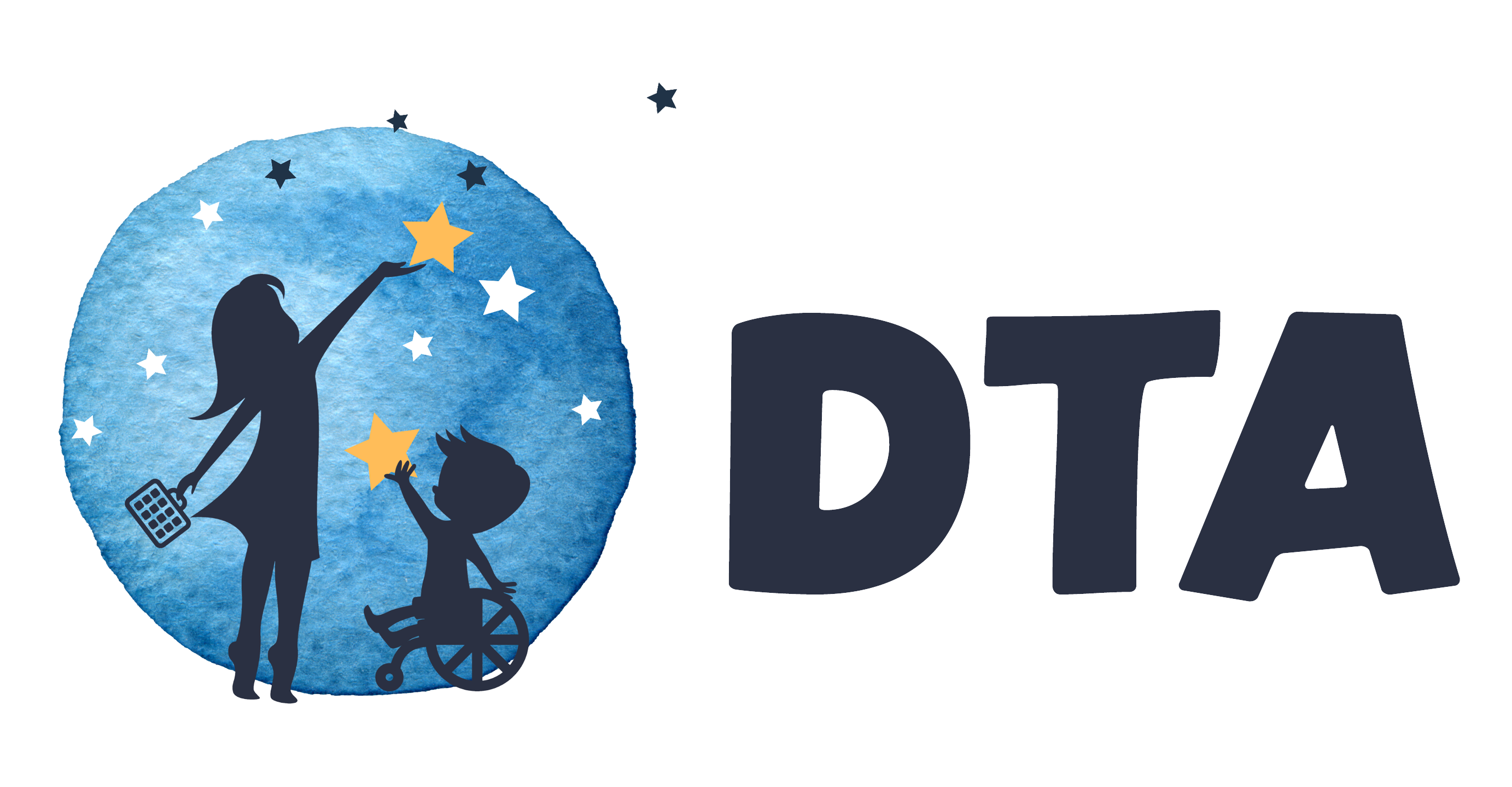Lesson Plan Communication Components
- Communication Materials
- Objectives
- Background Knowledge
- Rehearsal
- Practice with Guidance
- Modeling with Collaboration
- Generalization
- TOOLS
Discussion of Components
COMMUNICATION MATERIALS
In addition to the materials needed to complete the activity, think about what the student needs to be able to communicate within the lesson effectively. This could be any of the following:
Which Communication Tool is best?
Generally speaking, our goal is at all times to be encouraging long term communication skills, regardless of the activity. You will need to provide the student's robust AAC system as much as possible to generalize communication skills to their natural, spontaneous environment. If the student has a individual speech generating device, AAC application on a tablet (ipad) or a comprehensive communication book, you will want to locate the targeted vocabulary in their communication system, rather than printing out activity boards. Activity boards are best used when the vocabulary you are using is not valuable for long term use, for example, the names of characters in a book.
OBJECTIVES:
For each activity, you will want to consider what communication objectives are most critical for the student. The objectives may be as simple as student participation by visually attending to a model of the use of the picture symbols during the story book reading; or as complex as using their AAC system to write a sentence defending the characters choice in the book. Objectives typically come from the IEP. As you are developing the communication objectives on the student's IEP, you can use the Classroom Communication Goals Grid to help you identify the student's current level of performance and to select appropriate communication goals in your classroom.
BACKGROUND KNOWLEDGE:
Relating what you know, to what you are about to study is an integral part of learning. In Building Background Knowledge for Academic Achievement: Research on What Works in Schools, Robert Marzano writes, "What students already know about the content is one of the strongest indicators of how well they will learn new information relative to the content" (2004, p. 1). Background knowledge typically describes what the student knows about the topic or subject of the upcoming activity/lesson. We are also asking, "what do they know about communicating about that topic! "
- Do they know where the relevant vocabulary is located in their AAC system?
- Do they already know those words and how to say them, sign them, spell them or find them on their AAC app?
Part of connecting students to the activity includes looking through our AAC system and determining what we already know that could help us learn the new vocabulary in the activity. If we are studying Sea Animals today, do we already know how to find "Farm Animals" in our device?
- Teachers might explain how just like "farm animals," the dolphin is going to be in the "Animal Folder," except under a new category "Sea Animals."
- Students can learn where their new words/linking folders exist in their AAC device in relation to the buttons they know. In this example, the teacher can guide the student to go to the Farm Animals button and look 2 columns over to find the sea creatures!























